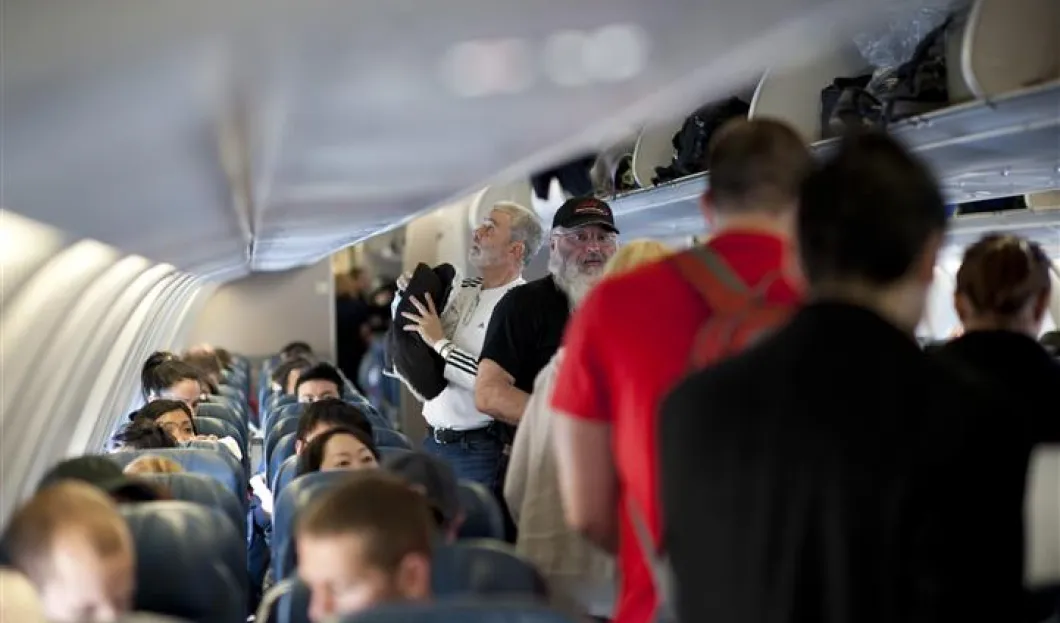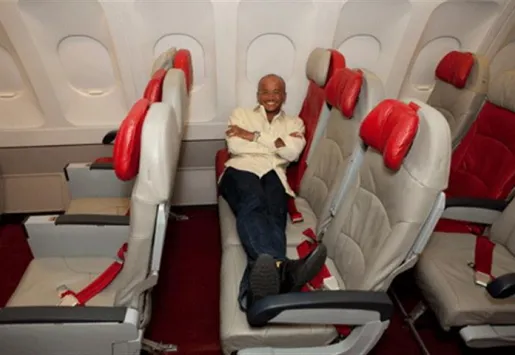
Good news for air passengers of all sizes, as Airbus is set to start producing a new style of seat where everyone – no matter what their shape and size is – can sit properly and comfortably.
With the comfort of all passengers in mind, and seeing as current conventional plane seats are unsuitable for people who are larger or smaller than average, the French plane maker has submitted a patent request for a new “bench-style” re-configurable seat and seatbelt design, which will allow airlines to better serve their customers.
According to reports, this will not only be beneficial for passengers but also airlines, as they will be better prepared to transport the growing number of ‘larger’ passengers with all the comfort and safety they’re paying for. Moreover, it can also mean a reduction in prices for families, as they might not have to buy a regular full-priced ticket for children over two years old anymore.
Airbus’s new designs include not only flexible and easy reconfigurable seats, but also the possibility of equally reconfigurable passenger cabins meant to meet the needs of special groups such as families with small children or passengers with restricted mobility.
Also, according to the reports, the patent application submitted by Airbus in the US features three new designs, the first of which shows a larger two-seater bench, which is meant to be used by overweight or limited mobility passengers.
The second and third options have families in mind, as the former shows how three passengers – children, for instance – can share the same kind of seat, and the latter depicts a configuration where two children can sit between two adults on one of the benches.
At this point, some of the smaller air companies are charging their passengers by weight, and others are adding bigger seats to accommodate the growing number of overweight passengers. Airbus’s new designs present a greatly preferable alternative to that model.
















